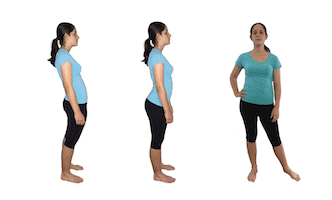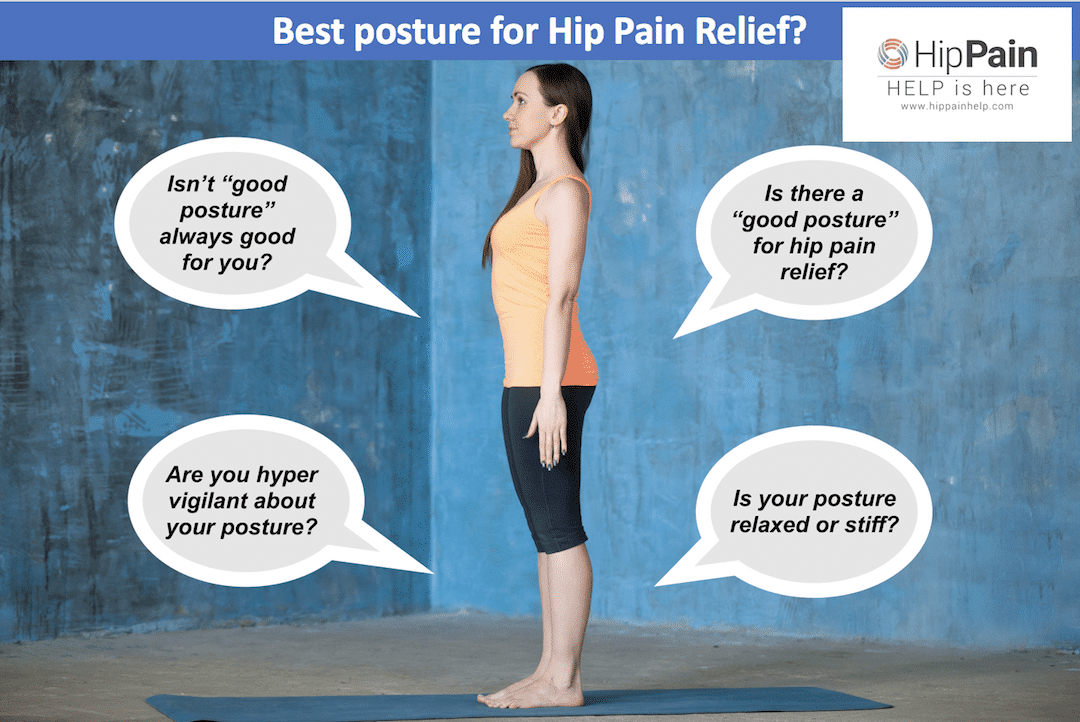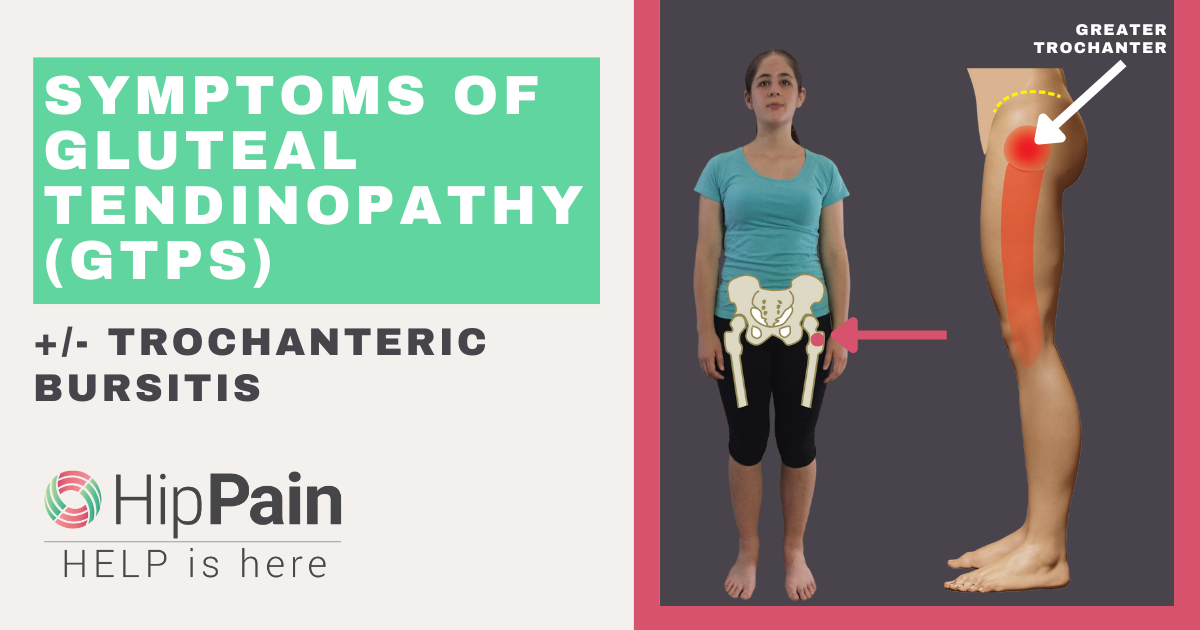Is There a Good Posture for Hip Pain Relief
In recent years, the topic of posture has become quite a polarising one in the health professional arena. As with most things, the answer is not black or white and will be dependent on the individual and the situation.
Is there any one good posture that could best help with hip pain relief is not such an easy question to answer!
Isn’t ‘good posture’ always good for you?

The tricky thing here is that there is no single ‘good posture’ and certainly no single good posture for hip pain relief. We are all individuals with our own size and shape. It is simply not possible to constrain all bodies to the exact same posture.
Forcing your body to try to achieve a position that it is simply not able to achieve may do more harm than good.
Health and exercise professionals giving the exact same ‘posture-correction’ cues to everybody, regardless of their natural starting position are also more likely to harm than help.
Is Your Posture Relaxed or Stiff and Could This Be Affecting Your Ability to Gain Hip Pain Relief?
It is important to remember that you are more likely to be able to sustain a position for a prolonged period without pain or fatigue, if that position is energy efficient – using a minimal amount of muscle contraction. This potentially could be a good posture for hip pain relief
Adopting a stiff posture – ‘shoulders back, chest out, stomach in’ – with lots of unnecessary muscle tension is very inefficient and will usually result in earlier fatigue and pain and is likely to not be such a good posture for hip pain relief.

Over-Vigilant About Your Posture – This may not be a Good Posture for Hip Pain Relief
Some people naturally start using such rigid postures when they are diagnosed with various musculoskeletal conditions – arthritis, lumbar disc protrusion, nerve impingement, tears of muscles or tendons … Hypervigilant postures are usually driven by fear, are very exhausting and are not likely to be useful in controlling musculoskeletal pain. They are more likely to contribute to your pain than to be a good posture for hip pain relief.

Can We Just Forget Posture Then?
While energy draining, rigid postures are unlikely to be useful for prolonged standing. The effect of gravity on our bodies in standing should still be considered. We are all slaves to gravity and how we position our body segments relative to gravitational forces, has an inescapable influence on distribution of loads across our bones, joints, muscles and tendons.
Holding postures or repetitively moving the hip joint to the very extremes of its available range of motion will result in disproportionately high loading around the outer edge of the joint (edge-loading), and increased loads on the ligaments, muscles and tendons that support the joint. It’s simple physics really.
Whether this disproportionate or excessive load ever results in structural damage, pain or the ability to participate in normal daily or sporting tasks is another matter. In the development of pathology (structural damage or deterioration), multiple factors are usually implicated, and often different combinations of factors are at play for each individual. For some people, postural habits may play a key role in their hip and back pain; for others, it is irrelevant.
A thorough assessment by a skilled Hip Pain Professional will provide some insights as to whether posture is a contributor to your particular problem, and if so, what to do about it. They will help guide you to as to what is good posture for hip pain relief in your individual situation.







